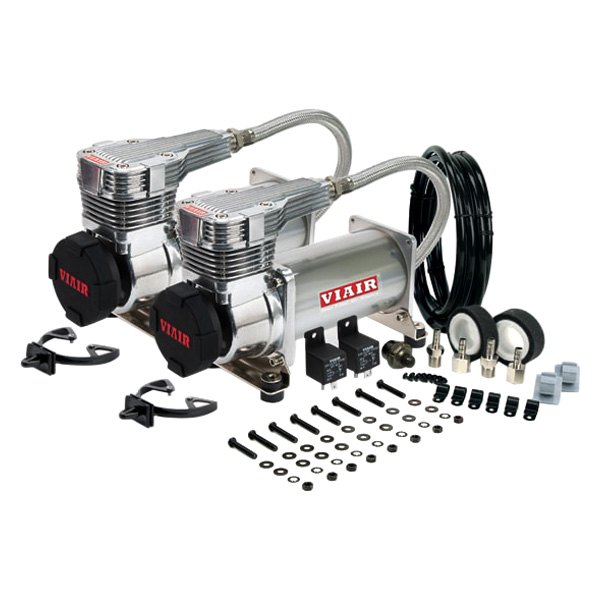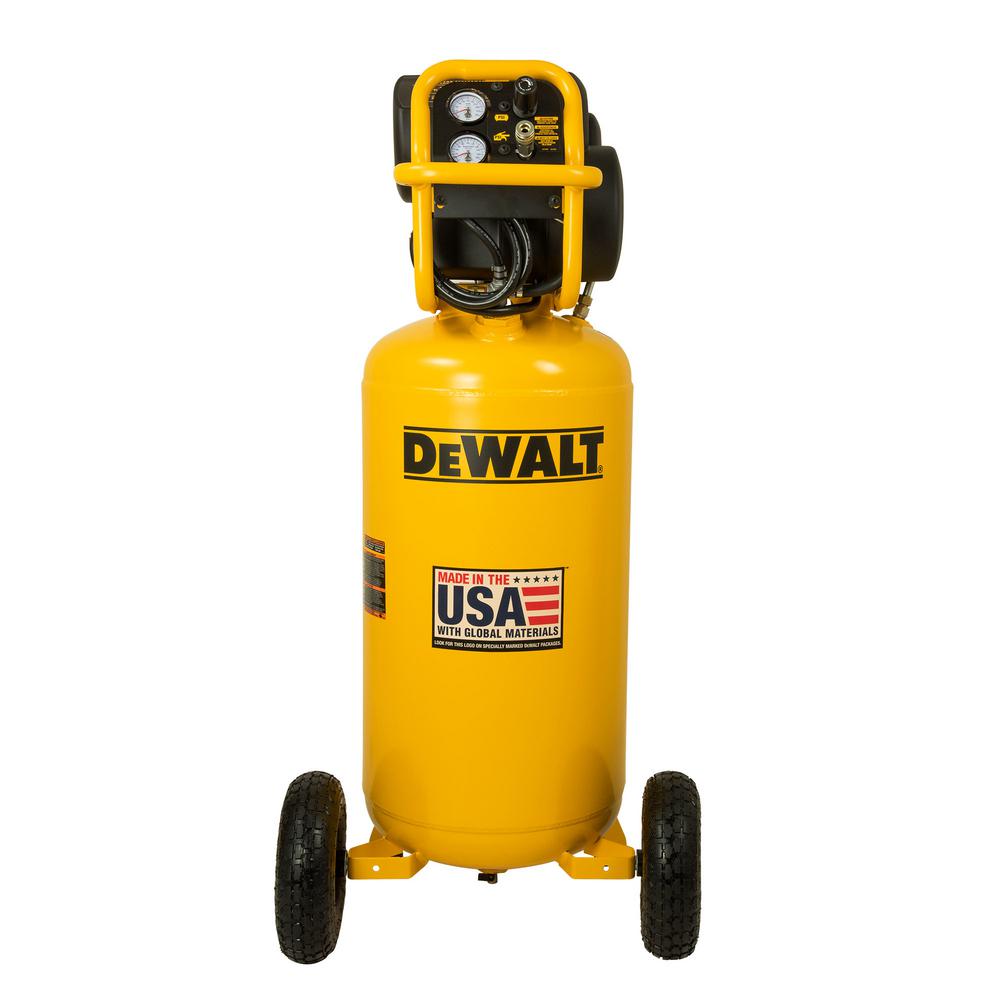

A third type resembles an oversized “hot dog” style compressor. The latter looks almost like it has an integrated dolly.
400 PSI LIGHT COMPRESSOR PORTABLE
These come as either “wheelbarrow” style (see our Makita Big Bore air compressor review) or as a portable vertical tank style. If you want something that supplies a decent amount of air but remains portable, an 8-gallon or 10-gallon model might make more sense. You can go higher, of course, but 60-80 fulfills a lot of applications for a garage or small workshop. Our preference for the best air compressor for a home garage would include a larger tank-perhaps as much as 60 or 80 gallons. We’ve covered some of this above, but the size of your air compressor tank determines how much air you have to use before it needs to be refilled by the compressor. Of course, this leads directly into our next feature. A continuous tool like an air ratchet, sander, or tire inflator, requires a faster fill rate for the tank, or a larger tank to keep up with the demands of the tool. That means that if you want to use an air sander at 13 CFM at 90 PSI, you likely need a decent-sized tank so you don’t have to stop and wait for it to refill if you quickly blow through all your available air.Ī pneumatic nailer can suffer a shorter duty cycle just fine since it only requires a burst of high pressure. With respect to the duty cycle time, you need to ensure that your compressor can supply the proper pressure and volume of air for the tools you intend to use. At some point-unless you have a “continuous run” compressor, the system has to stop and give the pistons a break. That doesn’t mean they can run forever, however. Some compressors are rated at 100% duty cycle, meaning they can deliver the spec’d pressure at the rated PSI continuously. If your compressor generated air but had no tank, it would operate at 100% duty cycle. The duty cycle (or cycle time) refers to the amount of time between successive times a compressor refills. This also leads to our next spec and consideration. If you plan to use pressure-hogging tools like tire inflators, grease guns, and (multiple) framing nailers, be sure your compressor is big enough to keep up. You need a larger tank if you want to support those higher cubic feet-per-minute demands. Want to use an air sander? That requires upwards of 11 to 13 CFM or more. Contrast that to an air ratchet which requires 3-7 CFM depending on its size. How much more? Assuming 90 PSI, you can drive a small finish nailer with just 0.3–0.5 CFM. Those require considerably more airflow or CFM.

However, if you want the best air compressor for your home garage, you might want to support the use of air tools like impact drivers, pneumatic ratchets, and air sanders. When operating a finish nailer, you don’t need a ton of airflow or CFM. Airflow or Cubic Feet per Minute (CFM) or (SCFM) Pancake compressors never include wheels and have a lower center of gravity and a wider base for use on roofs or anywhere you don’t want it to roll away.

In our opinion, hot dog compressors typically work best in a garage as they typically come with wheels (at least models 4-gallons or higher).

If you do decide to go portable, another decision involves choosing the “hot dog” style tanks or a “pancake” air compressor. They make these in a variety of styles and some offer an excellent amount of both airflow and short cycle time to refill the tank. Vertical Horizontal Hot dog PancakeĪ good compromise might be a larger 4–8 gallon jobsite air compressor. Standing air compressors also take up a permanent place in your garage, so you lose some flexibility when it comes to storage. If, however, you plan to take your air on the road to do a job, that standing tank won’t be much help. If you decide on a fixed tank, longer air hoses can get you just about anywhere you want. While some may want a standing tank that never moves from the corner of their garage or shop, others may desire something more portable. One of the first things you want to decide is what type of air compressor you want. Editor’s Note: You may also want to see our recommendation for the best air compressor overall.


 0 kommentar(er)
0 kommentar(er)
